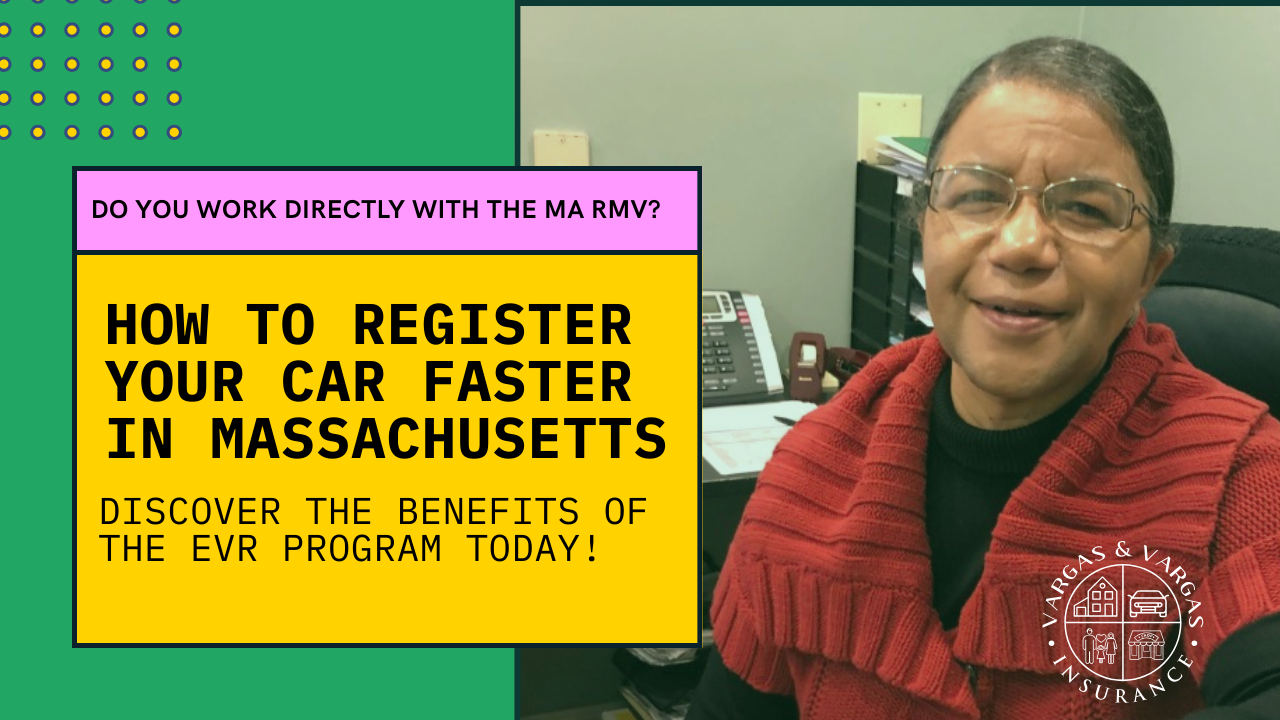Do You Work Directly With the MA RMV?

Is the Massachusetts RMV Eating Up Your Time (and Patience)?
Frustrated by the confusing steps, paperwork, and endless lines just to register your car?
There’s a faster, simpler way to handle vehicle registration—without spending half your day at the RMV or guessing if you brought the right forms.
In this article, you’ll learn exactly how to register your vehicle in Massachusetts in the quickest, most efficient way possible—whether you're doing it yourself or through a dealership.
Here’s the good news: Yes, we work directly with the Massachusetts RMV through the Electronic Vehicle Registration (EVR) Program. This means we can issue plates, transfer titles, and complete registration right from our office — no RMV visit required.
In this article, we’ll explain how this works, what services we can complete on your behalf, and why this matters for your buying experience.
What Is the MA RMV EVR Program?
The Electronic Vehicle Registration (EVR) program is a partnership between the Massachusetts Registry of Motor Vehicles (RMV) and approved businesses — like us — that allows for direct processing of vehicle transactions. This includes:
- Issuing new license plates
- Transferring existing registration and titles
- Completing renewals and plate swaps
- Collecting all required state fees at the point of sale
We’re a fully authorized EVR Participant, which means when you buy or lease a vehicle with us, you can skip the RMV entirely.
What Does This Mean For You?
Convenience and time savings. That’s the main benefit.
Instead of taking your paperwork to a crowded RMV office, we process everything in-house. You leave our dealership with your vehicle fully registered and plated, legally ready for the road..
You also get the peace of mind knowing that:
- All paperwork is submitted accurately and instantly
- No waiting days or weeks for the RMV to mail your plates
- You avoid costly mistakes or delays from handling it on your own
Is This Available for Every Customer?
In most cases, yes. As long as the vehicle meets state registration requirements and you provide the proper documents (like proof of insurance and ID), we can handle the registration for:
- New vehicle purchases
- Lease agreements
- Plate transfers from old vehicles
- Certain out-of-state transfers
If there’s ever a situation where you do need to visit the RMV, we’ll let you know upfront and walk you through exactly what to expect.
Why We Partnered With the MA RMV
This is part of our commitment to providing a frictionless car buying experience. We know that the RMV process is one of the biggest pain points for customers — so we’ve removed it from the equation wherever possible.
You shouldn’t need to make another trip or stand in another line just to drive your new car home. With the EVR program, you don’t have to.
You came here wondering if we work directly with the MA RMV — now you know we do, and that we’ve made your life easier by doing so.
Want to learn more about what to bring, how fast the process is, or what types of plates we can issue? Check out the official EVR Program Guide from the Mass RMV, or contact us directly and we’ll walk you through everything.


